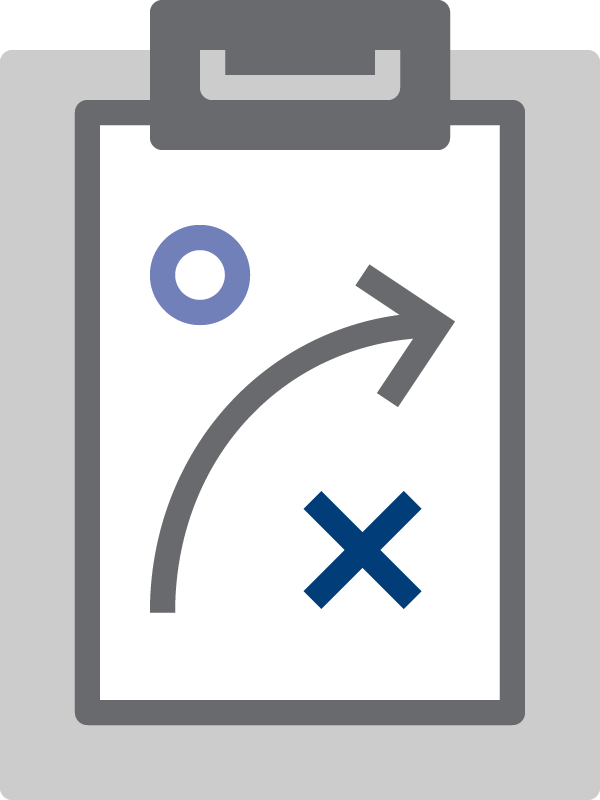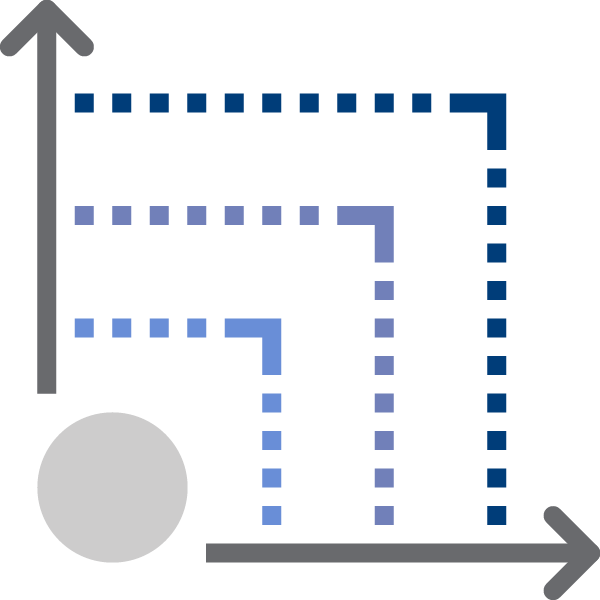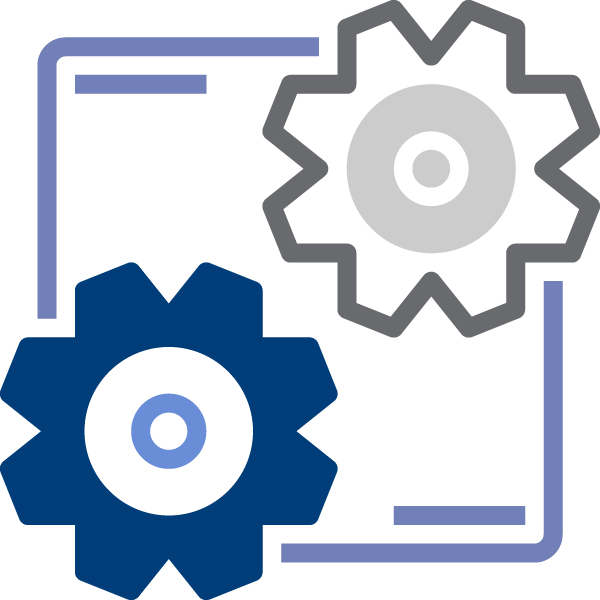Five Questions with Peter Keogh
Q:
As healthcare organizations approach budgeting and planning for the year ahead, what are the biggest challenges they are facing?
A:
First and foremost, there is a severe labor shortage across the industry, and we really see no immediate relief in sight as we head into 2022. This is not just an issue for healthcare organizations—it’s something that cuts across virtually all sectors—but the labor challenges in healthcare are especially acute. We expect to see the extremely tight labor market persist well into the new year.
For companies planning their budgets and execution plans, this means shifting their thinking from simply adding talent to a parallel focus on retention while increasing the productivity and effectiveness of their enterprise processes and workflows.

Q:
What are some immediate steps companies can take to gain greater efficiencies?
A:
Improving productivity is tough work and simply not a short-term journey. It takes at least six months of daily reinforcement, iterations, and adjustments. It also requires leadership to be disciplined, to stay the course, and to model expected behaviors. It is all about creating a sustainable change in how decisions are made, how problems are solved, and moving from a reactive to a pro-active mindset. It also requires providing employees with the necessary tools, training, and metrics to enable them to be successful.

The key is engaging hearts and minds, providing a forum for employees’ voices and concerns to be heard, and acknowledging that while the road ahead will be bumpy, help and support is readily available.

Q:
Are there steps that healthcare organizations can take to retain their best talent given the tightness in the labor market?
A:
There is perhaps no sector that has seen higher stress levels over the last 24 months than healthcare.
Irrespective of wage increases, there is a fundamental need to address workplace inefficiencies and provide nurturing environments that allow employees to be successful, experience less stress and feel they are contributing.
Healthcare employers who do this well will win the talent war by making employees work lives more satisfying. This will in turn increase productivity, enhance workflows, and improve the overall effectiveness of the organization.
Q:
When organizations embark on transformation projects, where do you suggest they start?
A:
It really requires using a combination of concepts, including rapid iterative processes and Lean Startup methods. Organizations often make the mistake of thinking about change management as a specific workstream. Instead, the concepts should be embedded in all facets of the transformation program to improve efficiency and effectiveness.

The focus should be on creating an environment that is not only accepting of change but fosters a sense of ownership of transformation efforts and a desire to continuously improve.
Q:
What kinds of immediate benefits can healthcare organizations expect from investing in operational transformation?
A:
It is best to think about the long-term benefits of change rather than immediate financial ROI. Eventually, we expect the turbulence that we have seen across the sector to normalize, and the labor market pressures to ease.
Organizations that implement a process improvement approach now will be much better positioned for profitability and long-term growth than competitors who stay on their current course and expect the talent landscape to markedly improve in the year ahead.

